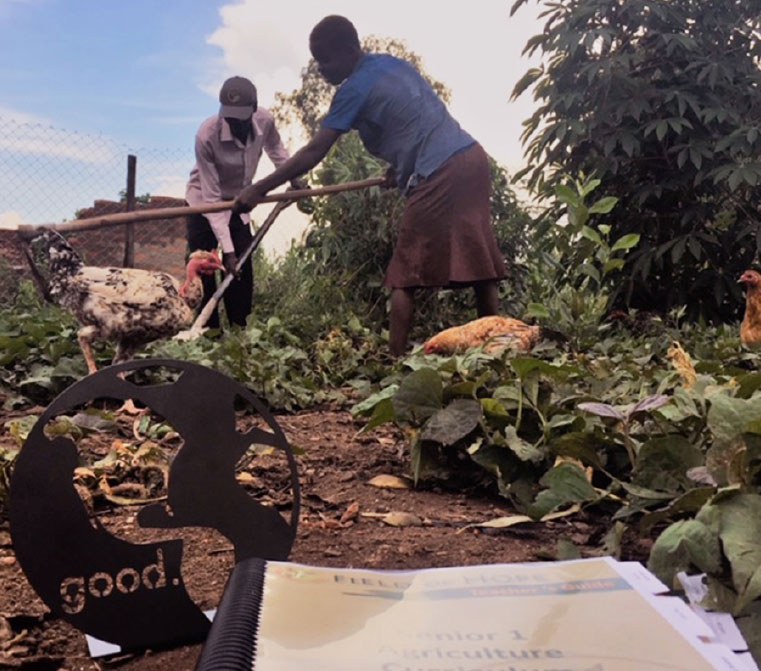Field of Hope Impact Update: First Year of Curriculum is Greeted With Joy


 Last month, Atim Romeo, a northern Ugandan teacher, had a testimony he wanted to share with the Ugandan Ministry of Education; the story was so significant he was willing to use his own resources to ensure it was heard.
Last month, Atim Romeo, a northern Ugandan teacher, had a testimony he wanted to share with the Ugandan Ministry of Education; the story was so significant he was willing to use his own resources to ensure it was heard.
In January — as Atim prepared to teach another year of agricultural science — our partner, Field of Hope, delivered a 370-page resource. This resource is the “Senior 1 Teacher’s Guide” that Vivayic has been developing for more than a year. The teacher’s guide provides daily lesson plans for a full Ugandan academic year and aligns with the standards defined by the Ugandan Ministry of Education.
Atim has been using the teacher’s guide for six months. He has seen the impact it has on his students. He made the eight-hour round trip to the capital city, Kampala, where he met with government officials to share his experience with the lesson plans. Atim recommended the resource be adopted as the official agriculture curriculum for Uganda.

It’s comprehensive.
Imagine having six topic areas to teach in one year, but no text covers all six topics. In Uganda, it is difficult to find one set of notes, a textbook, or a teacher’s resource that comprehensively covers the topic areas for a given year of instruction. Most agriculture teachers provide instruction from the very notebook they transcribed as students at the university. The “Senior 1 Teacher’s Guide” offers content, strategies, instructions, assessments, and classroom materials in one resource.

It’s experiential.
Ugandan teachers typically dictate notes through lecture and encourage rote memorization of content. In this teacher’s guide, classroom instruction is supported by experiences outside of the classroom. While teaching land use, students identify a plot of land and determine its best use. While teaching crop science, students are assigned small groups and a plot of land to cultivate. They conduct assessments, experiments, and many other tests that anchor the content for recall at a later date.

It’s tailored.
This curriculum was designed specifically for use in Uganda. It was written with Ugandan commodities, systems, climate, and topography at the forefront of our minds. It would be out of context if delivered anywhere else in the world. Additionally, the content was reviewed by Ugandan agriculture teachers and trainers to ensure accuracy and cultural relevancy.
Atim is not alone in his belief that this resource can change the lives of Ugandans. During my most recent trip to Uganda, I sat across from another Ugandan teacher, Lawrence, as he flipped through the pages of our not-quite-ready product. The goal of the trip was to obtain teacher feedback; therefore, we were not yet passing out the teacher’s guide for use. When our meeting was complete, I watched as Lawrence hesitantly passed back the copy of the curriculum. He didn’t want to let it go.
Atim and Lawrence see this resource as precious and rare, but our hope is that one day it is so widely adopted and accessible that it feels ordinary.
